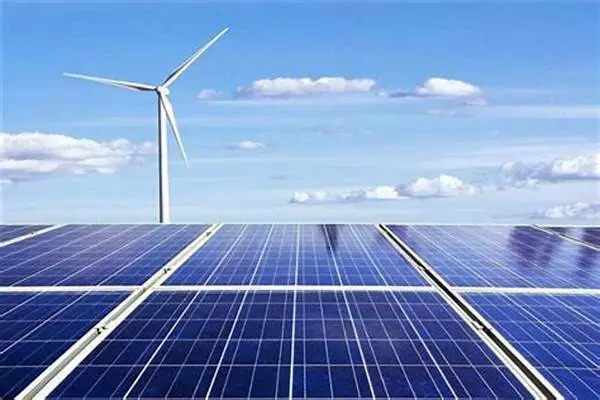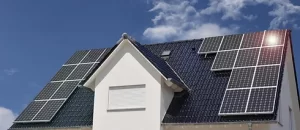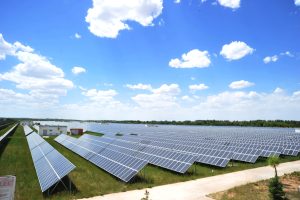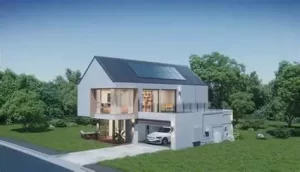Unveiling Photovoltaic+Energy Storage: Four Major Application Scenarios Leading the Future of Energy
In this way, the energy landscape is evolving, and one of the most thrilling developments in renewables is the integration of photovoltaics energy storage. By integrating solar with effective storage, such systems offer renewable energy both on tap and at reach. In this blog, we are going to review in detail four identified application scenarios where photovoltaics energy storage is really changing how we produce, store, and use electricity. These include off-grid photovoltaic energy storage, grid-connected systems, hybrid solutions, and microgrids.
1. Empowering the Remote: Off-Grid Photovoltaic Energy Storage
Off-grid photovoltaic energy storage systems are fast becoming a lifesaver, especially for remote regions where connection to the power grid is minimal or nil. Operating independently of traditional power grids, these power systems reliably provide for isolated homes, communication stations, and even entire islands.
How It Works:
- Solar panels, part of the photovoltaic energy storagesystem, capture sunlight and convert it into electrical energy.
- The energy is then used directly to power nearby devices, while any excess is stored in a lithium-ion battery packfor later use.
- When the sun sets, the stored energy is released from the battery, ensuring power availability even without sunlight.
Key Benefits:
- Off-grid photovoltaic energy storageprovides energy security for areas without grid connections.
- The lithium-ion battery packensures long-lasting and efficient energy storage.
- It is an ideal solution for places that experience frequent power outages or those in remote locations where connecting to the grid is impractical.

2. Powering the Grid: Grid-Connected Energy Storage Systems
Unlike off-grid systems, grid-connected photovoltaic energy storage systems integrate solar power with the main electrical grid. These systems store excess energy produced during the day and release it when demand is high or when the sun isn’t shining.
How It Works:
- Photovoltaic energy storage systems are used to generate electricity from daylight and feed excess energy into the grid.
- During high demand periods, the grid draws on the energy reserve supplied by the lithium-ion battery pack to stabilize supply and reduce pressure on traditional power sources.
- The combination of solar energy and storage further increases the overall efficiency and cuts electricity costs.
Top Benefits:
- Grid-connected systemsprovide a clean energy solution that complements traditional power grids, enhancing grid stability.
- The ability to store energy during off-peak times and discharge it during peak hours leads to significant cost savingsand energy optimization.
3. Combining the Best of Both: Hybrid Energy Storage Systems
Hybrid photovoltaic energy storage systems combine the features of both off-grid and grid-connected, adding flexibility to the resilience. These types of systems are ideal in applications that need both the independence of the grid yet rely on it when required.
How It Works:
- Solar panels charge the lithium-ion battery packthrough the day, which stores energy for later use.
- The system can be switched to off-grid photovoltaic energy storageduring a power outage to keep it running.
- When connected to the grid, it can also feed excess solar energy back into the grid for additional savings or income.
Advantages:
- Provides energy resilience, especially in areas prone to power outages.
- Offers flexibilityin energy use by allowing the system to operate in both off-grid and grid-connected modes.
- Hybrid systemsmake it easier to adjust energy management strategies based on needs and market conditions.
4. The Future of Local Energy: Microgrids and Energy Storage
Microgrids are becoming an increasingly important part of the energy ecosystem, offering localized energy solutions that can operate independently or be connected to the broader grid. These systems are particularly beneficial in regions where the main grid infrastructure is unreliable or not available.
How It Works:
- A microgrid integrates photovoltaic energy storagewith other renewable energies, such as wind, into a small-scale power system.
- The lithium-ion battery packstores energy generated during the day and provides backup power when needed.
- It can act as an off-grid system or can connect to the larger grid where energy reliability and stability must be ensured.
Key Benefits:
- Microgridsprovide energy security and sustainability for communities in remote or underserved regions.
- They can reduce reliance on the central power grid while promoting clean energy consumption.
Conclusion: The Road Ahead for Photovoltaic Energy Storage
The further the development of technology, the more significant the rate of photovoltaic energy storage will be in the world’s energy balance. From off-grid systems that supply remote locations with energy to hybrid ones, which combined the best of both worlds, the future of energy is cleaner, more efficient, and increasingly decentralized.
The rapid development of lithium-ion battery packs and solar energy storage systems is leading towards a future wherein renewable energy could be available to anyone anywhere in the world. Be it for a small house or contributing to a big energy solution, the potentiality of photovoltaic energy storage is immense.
Contact us
- Email:[email protected]
- Tel: +86 13651638099
- Address: 333 Fengcun Road, Fengxian District, Shanghai
Get A Quote Now!
Related product links are available directly
Site storage products:Site storage products 归档 – (energystoragecontainer.com)
Lithium Battery:Lithium Battery 归档 – (energystoragecontainer.com)
Read more

Home Solar Panel Selection Guide: Match Your Energy Needs
When it comes to optimizing your energy efficiency, understanding how to effectively stack your solar battery storage system is key. With increasing energy demands and the push for sustainability, many homeowners are looking into home battery solutions.

How to Stack Home Energy Storage?
When it comes to optimizing your energy efficiency, understanding how to effectively stack your solar battery storage system is key. With increasing energy demands and the push for sustainability, many homeowners are looking into home battery solutions.

Solar Generator Kit: Creating a Solution for Home Energy Self-Sufficiency
As homeowners look to reduce dependence on traditional power grids, solar generator kits offer a practical and sustainable solution. These kits combine essential components like solar pv modules, energy storage batteries, and inverters, helping households tap into renewable energy sources and achieve self-sufficiency.

Economic Analysis of Household Energy Storage Systems: Investment Returns and Cost-Effectiveness
As more homeowners consider installing home energy storage batteries and battery for home energy storage systems, evaluating the financial return becomes key.
